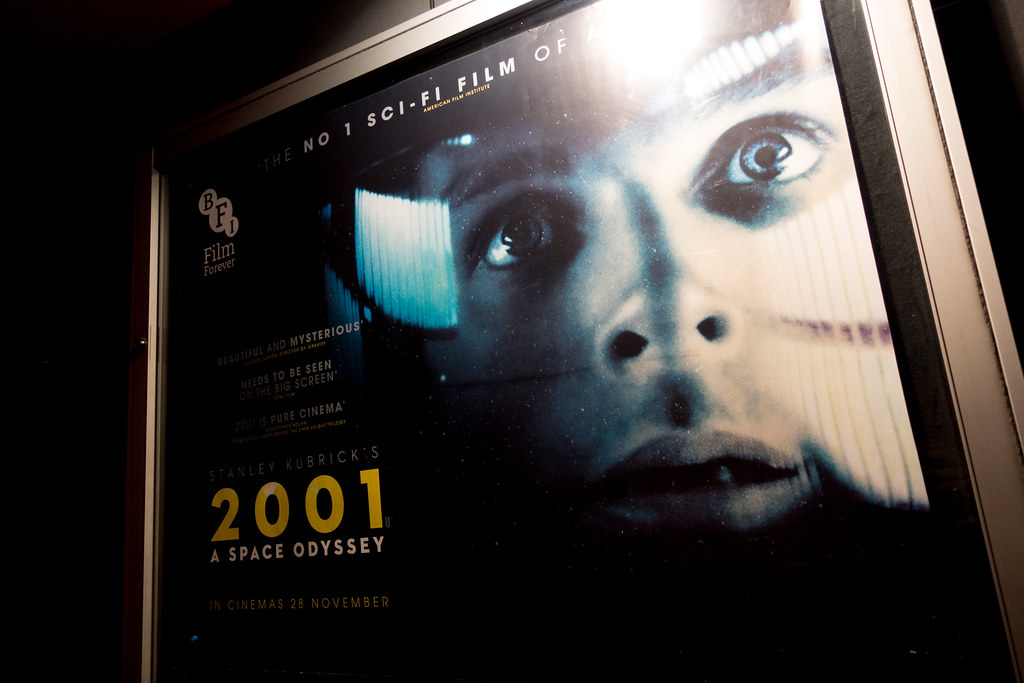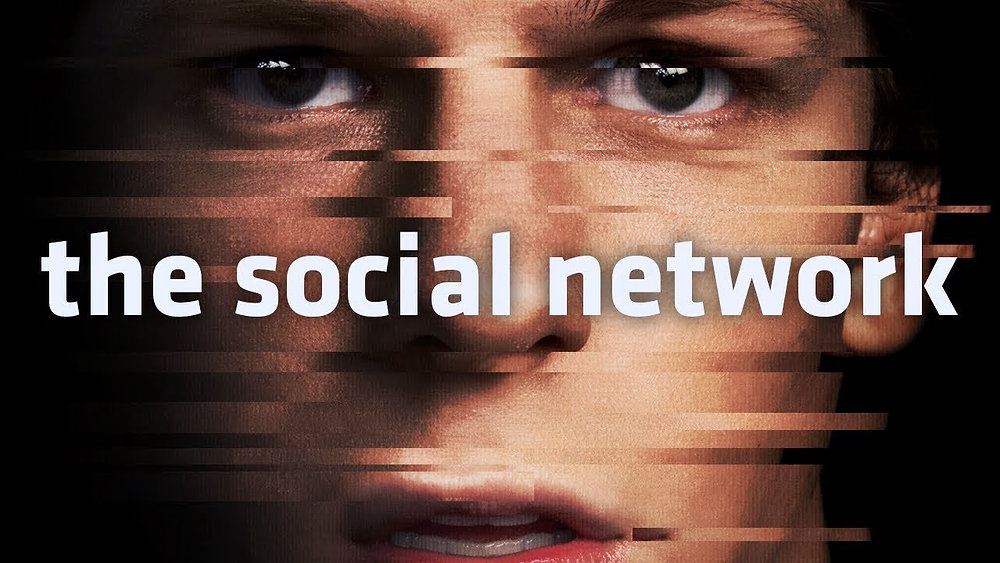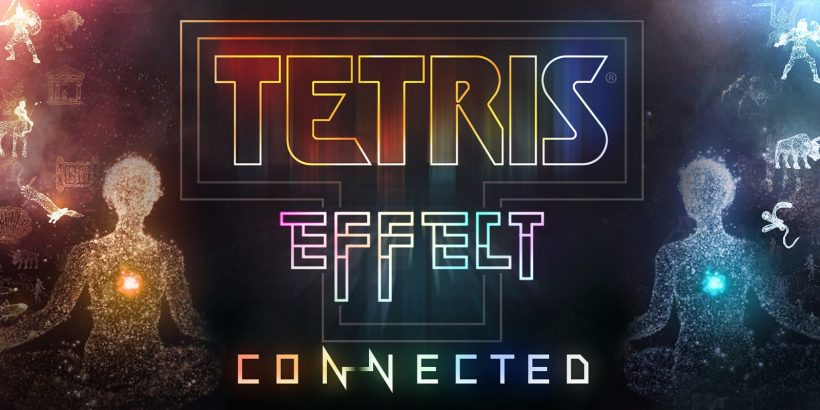Before a single camera rolls, before an actor utters a line, and before a director even envisions a shot, there is the screenplay. It’s the silent blueprint, the foundation upon which every cinematic masterpiece is built. At its heart lies the intricate craft of screenwriting, and its most audible component, the meticulously crafted dialogue.
Screenwriting is the art of telling a story exclusively for the screen, outlining plot, character, and setting in a format that guides every other department. Dialogue, meanwhile, is far more than just conversation; it’s a potent tool that reveals character, drives plot, establishes tone, and weaves in thematic layers, often saying more with what’s not said than what is.
This deep dive is for anyone fascinated by the architecture of storytelling and the power of words. We’ll explore how screenwriters construct compelling narratives, how dialogue breathes life into characters, and celebrate the wordsmiths whose scripts have left an indelible mark on cinematic history. Get ready to discover the magic behind the spoken word and the power of the written page!

The Story’s Blueprint: What is Screenwriting & Powerful Dialogue?
Screenwriting is the unique discipline of structuring a story for a visual medium. It demands not just a compelling plot but an understanding of how visuals and sound will complement the written word.
- Screenwriting: It’s the process of crafting the story, characters, scenes, and actions into a script format. A good screenplay is a roadmap for the entire production, outlining not just what characters say, but what they do, what locations they inhabit, and the emotional beats of the story.
- Dialogue: This isn’t just about realistic conversation. In film, dialogue is a highly condensed and purposeful form of communication. It serves multiple functions:
- Character Revelation: What a character says (and how they say it) reveals their personality, background, intelligence, and emotional state.
- Plot Advancement: Dialogue moves the story forward, delivers crucial information, and sets up conflicts.
- Theme & Subtext: Dialogue can subtly reinforce the film’s core themes or convey unspoken intentions and emotions that contradict the literal words being spoken.
- World-Building: The way characters speak can define the world they inhabit, its rules, and its culture.
Ultimately, a great screenplay with powerful dialogue lays the groundwork for a film’s emotional impact, its quotability, and its lasting resonance.
From Silent Cues to Iconic Lines: The Evolution of Screenwriting
The journey of screenwriting reflects the evolution of cinema itself, from rudimentary outlines to complex literary works:
- The Silent Storytellers (Early 20th Century): In the era of silent film, screenplays were rudimentary outlines, relying heavily on visual cues and intertitles to convey story. Yet, even then, the structure of narrative was crucial.
- The Dialogue Revolution (1920s-1930s): With the advent of sound, dialogue exploded onto the screen. Early “talkies” often suffered from verbose, stagey dialogue, but soon, writers like Ben Hecht and Billy Wilder began to master the art of snappy, concise, and character-driven conversation that felt natural yet elevated (His Girl Friday, Some Like It Hot).
- The Golden Age of Storytelling (Mid-20th Century): The studio system fostered brilliant writers who crafted tight plots, compelling characters, and memorable dialogue across every genre, from gritty noirs (Chinatown) to poignant dramas (Casablanca). This era established many of the narrative conventions still used today.
- Character & Realism (1960s-1970s): The New Hollywood era brought a focus on more realistic, often raw dialogue and complex, morally ambiguous characters. Screenwriters began experimenting with non-linear structures and deeper psychological insights, often reflecting societal turmoil (Taxi Driver, Network).
- Dialogue as Art & Structure Innovation (1990s-Present): Writers like Quentin Tarantino elevated dialogue to an art form, making conversations themselves compelling narrative devices. Others pushed the boundaries of structure (Pulp Fiction, Eternal Sunshine of the Spotless Mind), using intricate timelines and meta-narratives to tell unique stories. Today, screenwriting continues to innovate, crafting highly specific voices and complex character journeys.
The Wordsmiths: Iconic Screenwriters and Their Styles
These are the architects of cinematic narrative, whose distinct voices jump off the page and onto the screen:
- Billy Wilder & I.A.L. Diamond: Known for their sharp wit, cynical humor, and brilliant character studies, often blending comedy and drama with incisive dialogue. (Some Like It Hot, Sunset Boulevard, The Apartment).
- Quentin Tarantino: Instantly recognizable for his highly stylized, often lengthy, and incredibly entertaining dialogue that serves multiple functions: character development, tension building, and sheer entertainment. (Pulp Fiction, Inglourious Basterds, Django Unchained).
- Nora Ephron: A master of the romantic comedy, celebrated for her witty, relatable, and intelligent dialogue that perfectly captures the nuances of modern relationships. (When Harry Met Sally…, Sleepless in Seattle, You’ve Got Mail).
- The Coen Brothers (Joel & Ethan Coen): Known for their unique, often idiosyncratic dialogue, dark humor, and meticulously crafted plots that weave together quirky characters and unexpected turns. (Fargo, The Big Lebowski, No Country for Old Men).
- Aaron Sorkin: Famous for his rapid-fire, intellectual, and often philosophical “walk-and-talk” dialogue, where characters deliver dense, eloquent speeches that are both informative and emotionally charged. (The Social Network, Steve Jobs, The West Wing – TV).
- Charlie Kaufman: A visionary known for his surreal, meta-narratives, and deeply philosophical screenplays that often explore identity, memory, and the nature of reality. (Eternal Sunshine of the Spotless Mind, Adaptation., Being John Malkovich).
Stories on the Page: Films Defined by Their Screenwriting & Dialogue
These movies are celebrated as much for their words and structure as for their visuals or performances:
- Casablanca (1942): A masterpiece of classical Hollywood screenwriting, with endlessly quotable lines, perfect pacing, and compelling character arcs woven into a gripping wartime romance.
- Chinatown (1974): Robert Towne’s legendary screenplay is a masterclass in neo-noir mystery, with intricate plotting, complex characters, and dialogue dripping with cynicism and subtext.
- Network (1976): Paddy Chayefsky’s searing, prophetic satire about television news and societal anxieties, famous for its blistering monologues and prescient social commentary.
- When Harry Met Sally… (1989): Nora Ephron’s iconic script defined the modern rom-com, with witty, authentic dialogue that explored the complexities of male-female friendship and love.
- Pulp Fiction (1994): Quentin Tarantino’s groundbreaking script defied conventional narrative structure, using brilliant, meandering dialogue to build character and atmosphere, becoming instantly iconic.
- Good Will Hunting (1997): Ben Affleck and Matt Damon’s Oscar-winning script blended sharp dialogue, emotional depth, and a compelling character journey, showcasing the power of friendship and finding one’s purpose.
- The Social Network (2010): Aaron Sorkin’s electric screenplay captured the rapid-fire intellectual sparring and complex dynamics behind the creation of Facebook, making dense legal and tech discussions thrilling.

- Birdman or (The Unexpected Virtue of Ignorance) (2014): A script that seamlessly weaves humor, existential dread, and meta-commentary into a seemingly continuous narrative, driven by its witty and insightful dialogue.
- Parasite (2019): Bong Joon-ho and Han Jin-won’s masterful screenplay expertly blends genres, themes of class, and shocking twists, with every line of dialogue serving multiple purposes.
Unscripted Brilliance: Underrated Films with Exceptional Screenplays
These films stand out for their written artistry, even if they’re not always top of mind:
- Whiplash (2014): Damien Chazelle’s intense screenplay is a taut two-hander, with sharp, aggressive dialogue that propels the conflict between mentor and student.
- Before Sunset (2004) / Before Midnight (2013): Richard Linklater, Ethan Hawke, and Julie Delpy’s collaborative screenplays craft incredibly realistic, poignant, and often improvised-feeling conversations that explore the evolution of a relationship over decades.
- Locke (2013): A minimalist thriller driven almost entirely by Tom Hardy’s performance and Steven Knight’s incredibly tight, compelling dialogue, all taking place in a single car.
- A Separation (2011): Asghar Farhadi’s Oscar-winning screenplay is a masterclass in moral ambiguity and human conflict, with every line of dialogue revealing character and complicating the narrative.
- Seven Psychopaths (2012): Martin McDonagh’s quirky and darkly funny screenplay is a treasure trove of eccentric characters and hilarious, philosophical dialogue about violence and storytelling.
The Enduring Resonance: Why Screenwriting & Dialogue Matter
A great screenplay is the spine of a great film, crucial because it:
- Provides the Foundation: Every visual, performance, and sound choice originates from the blueprint of the script.
- Creates Memorable Characters: Through their words and actions, screenwriters craft the personalities that we come to love, hate, or deeply understand.
- Drives the Plot: It dictates the sequence of events, builds tension, introduces conflict, and leads to resolution (or lack thereof).
- Offers Quotable Wisdom: Iconic lines of dialogue become part of our cultural lexicon, encapsulating themes or moments of profound insight.
- Invokes Deeper Meaning: Subtlety in dialogue and plot structure allows films to explore complex themes and ideas without resorting to overt exposition.
Conclusion: Let the Words Guide You!
Screenwriting and dialogue are the unsung heroes of cinema, the quiet power behind every captivating character, every thrilling twist, and every resonant truth. They are the initial spark, transforming abstract ideas into the tangible words that directors, actors, and cinematographers bring to life.
What film do you think has the most unforgettable dialogue? Which screenplay has truly moved or surprised you?
Now that you’ve journeyed “behind the lens” to explore the art of screenwriting and dialogue, we’d love to hear your insights! Head over to our to share your personal reviews of films celebrated for their brilliant scripts, discuss your favorite quotable lines, or celebrate the writers whose words have left a lasting impression!



